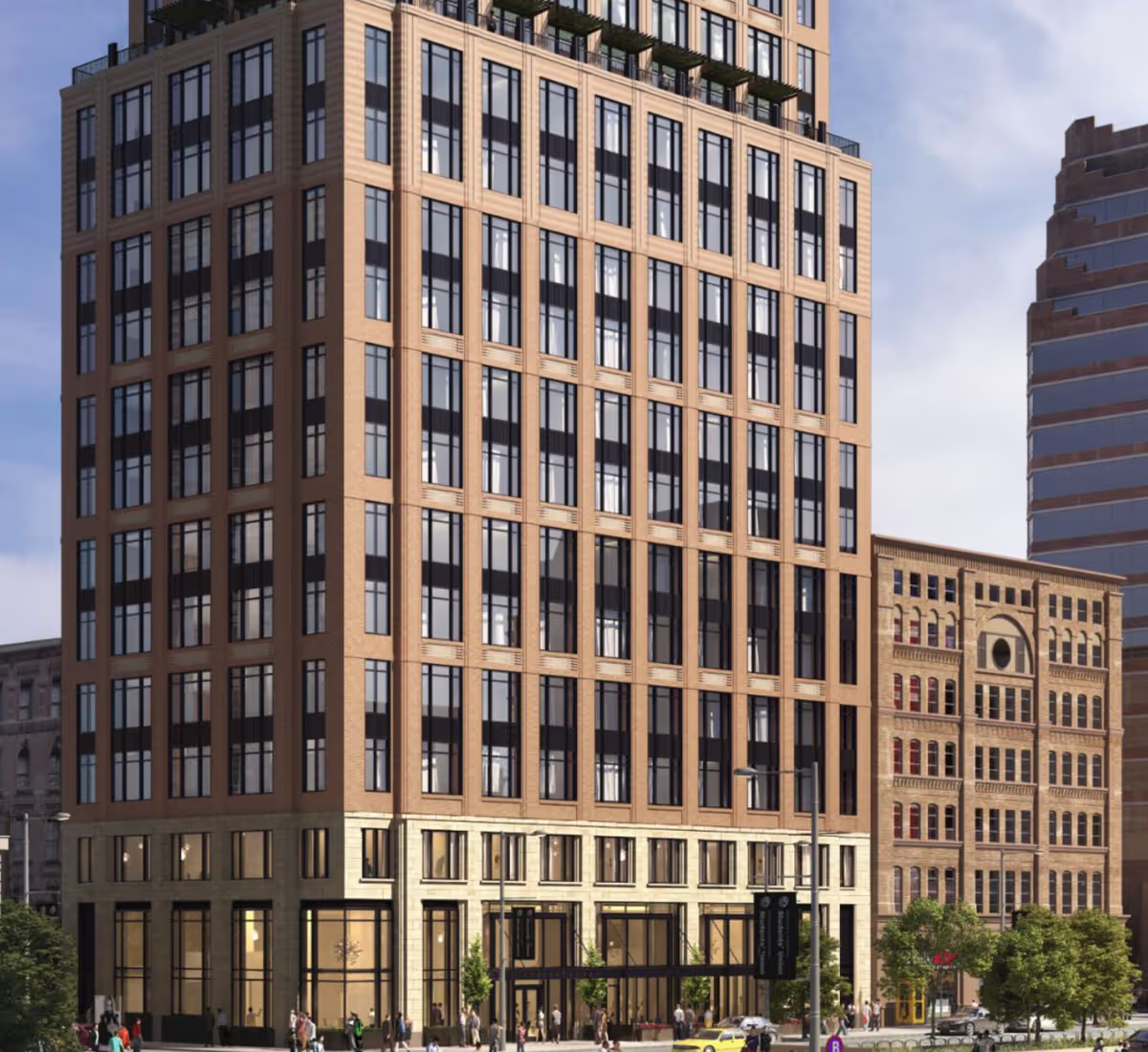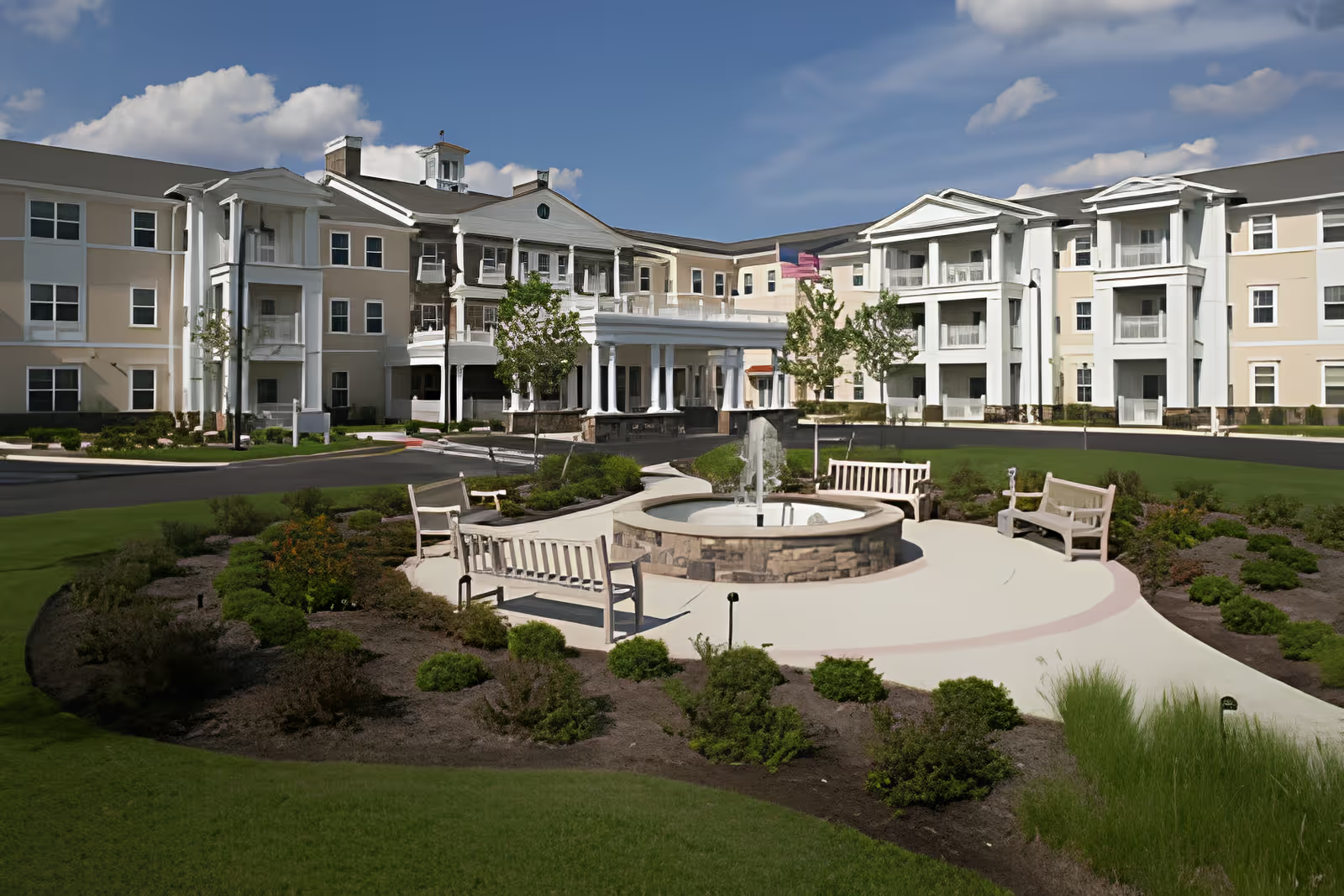Overall sentiment across the reviews for Morningside Nursing and Rehabilitation Center is highly mixed, with a clear pattern of inconsistency: some families praise compassionate, attentive staff and effective therapy services, while others report serious safety, hygiene, and management failures. Multiple reviews describe staff members who are kind, communicative, and available — with examples of transparent daily updates, long-term continuity of care for residents, and physical therapy that produced meaningful recovery. The facility also has positive features cited by several reviewers, including a recent facelift or renovated units, a library and courtyard, generally clean public spaces, and affordability for some low-income residents.
However, negative reports are numerous and often severe. A recurring theme is inconsistent quality of nursing and custodial care: reviewers describe understaffing, slow response times, delayed diaper changes, noisy or inattentive aides, and basic-care delays. Several accounts describe residents arriving or being left in a disheveled state, dirty supplies (including reports of dirty catheters and soiled nappies), and even infections that required ICU care. Safety lapses are a major concern — including placement of residents on the wrong floor (rehab instead of Alzheimer’s), inadequate supervision, unsafe room layouts and bed-height issues, and multiple falls (including falls during physical therapy). These safety and hygiene incidents are presented as serious and, in some cases, repeated.
Communication and management issues are another dominant thread. Multiple reviewers cited poor communication between staff and families, doctors not returning calls, inadequate shift handoffs, and no follow-up from staff after concerns were raised. Some families reported confrontations with management or social work staff (including a named social worker), refusals by supervisors to meet, and even involvement of a state investigator. At least one review mentions social worker intimidation. These management and administrative failures magnify the impact of clinical lapses because families feel unable to escalate or resolve problems effectively.
Rehab and therapy services show a split picture: a number of reviewers praised physical therapy as excellent and instrumental in recovery, while others reported inconsistent rehab experiences and falls during therapy sessions. This reinforces the overall pattern that care can vary widely by unit, shift, or specific staff members. Staffing levels and the presence of a few “bad apples” are cited as reasons for variability. Several reviews explicitly describe the staff as overwhelmed or understaffed, which plausibly contributes to the delays, missed care, and inconsistent standards.
Dining and activities are mixed but skew negative in the reviews. Some reviewers enjoyed the food and noted improvements after renovation, but others complained about limited meal choices, canned or frozen items, and no nutritionist on staff. Activity programming was criticized as lacking or not observed by families, which affects quality of life for residents. The dining room being small was also noted as a minor facility limitation.
Facility condition receives both praise and criticism: some units have been renovated and are described as very clean and attractive, while other areas and rooms are reported as run down, with patients sometimes wandering into other residents’ rooms. The exterior and common areas may look well kept, creating a contrast with reports of poor hygiene and care in resident rooms.
Cost and value concerns appear as well: some reviewers call the facility expensive given the quality issues, while others say it is affordable for low-income residents. Overall, the reviews point to a highly variable experience depending on timing, floor/unit, and staff on duty. For prospective families, the dominant actionable themes are: verify floor/unit placement (especially for Alzheimer’s care), ask specific questions about staffing levels and shift handoffs, confirm supervision and fall-prevention protocols, check infection-control and hygiene practices, and get references about specific therapists and nurses. The existence of both strongly positive and alarmingly negative reports suggests the facility may provide good care at times but has systemic and recurring problems that families should carefully investigate before committing to residency.







